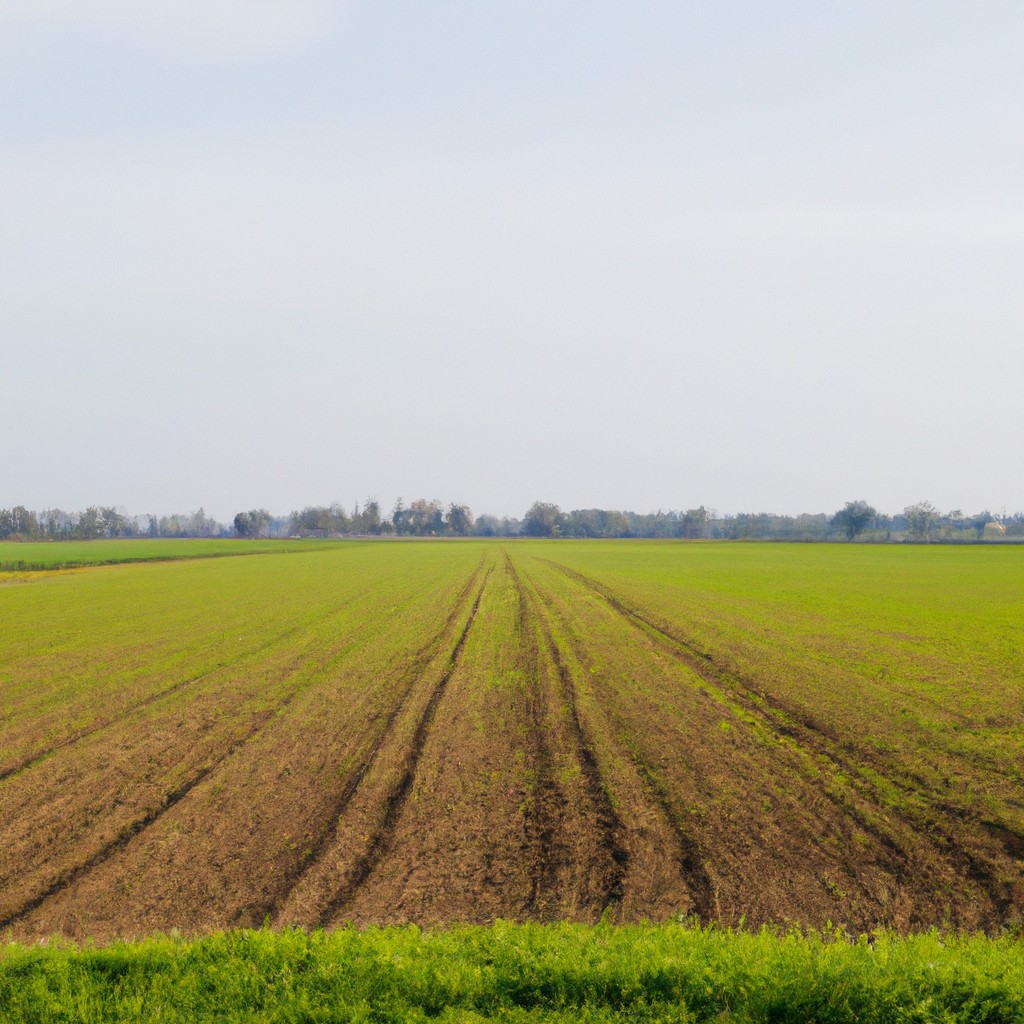Learn about the practices and impacts of extensive agriculture and how it differs from intensive farming methods.
Look Inside:
Extensive Farming Definition

Extensive farming is an agricultural method that utilizes large areas of land with minimal labor and investment per acre. Primarily focused on raising livestock and growing crops with low inputs such as fertilizer and pesticides, this approach aims for a broad distribution rather than high productivity on smaller plots. The core concept revolves around maximizing the natural fertility of the soil, often resulting in lower yields per acre compared to intensive farming methods. This type of agriculture is typically found in regions where land is abundant but labor resources are scarce.
Characteristics of Extensive Farming
Extensive farming typically sprawls over large areas, often employing minimal labor and inputs relative to the land size. This approach relies heavily on natural rainfall, rather than intensive irrigation systems. Fertilizer and pesticide usage tend to be lower compared to intensive farming, aiming to reduce production costs and environmental impact. The nature of this farming style allows for lower yields per acre but minimizes the ecological footprint. Crops widely grown in such systems include grains, such as wheat and barley, and pastoral farming for livestock, emphasizing the use of natural pastures.
Extensive Farming Methods
Extensive farming primarily relies on low input and output per acre. Farmers cultivate large areas with minimal labor input, utilizing natural rainfall rather than irrigation systems. This method is commonly used for raising livestock and growing crops such as wheat, rice, and corn, which do not require intensive care.
One common approach involves rotational grazing, where livestock roam freely over a large area. This technique allows the land to recover while animals feed on different sections. For crop production, farmers employ practices like no-till farming, which helps preserve soil structure and moisture. By reducing the frequency and intensity of tilling, the soil retains more organic matter and nutrients.
The overarching theme in these practices is the minimal use of chemical fertilizers and pesticides, aligning with the natural cycles and capacities of the environment. This approach not only sustains the health of the soil but also aids in reducing the farm’s carbon footprint.
Advantages and Disadvantages of Extensive Farming
Extensive farming, often taking place over large areas with minimal labor and investment per acre, presents both perks and challenges.
One notable advantage is lowered capital costs since less machinery and fewer inputs like fertilizers and pesticides are needed per unit area. This approach relies on natural rainfall and soil fertility, reducing the reliance on artificial irrigation systems and chemicals, which is a boon for promoting environmental sustainability.
On the flip side, extensive farming generally yields lower production rates per acre compared to intensive methods. The vast land requirements limit its practice to areas with abundant space, potentially contributing to deforestation and loss of biodiversity if not managed responsibly.
Moreover, the dependence on natural conditions means that farmers are often at the mercy of the weather, which can lead to inconsistent crop yields and vulnerability to climate variations.
In conclusion, while extensive farming has its economic and environmental merits, it also faces significant challenges that can affect its viability and sustainability.




